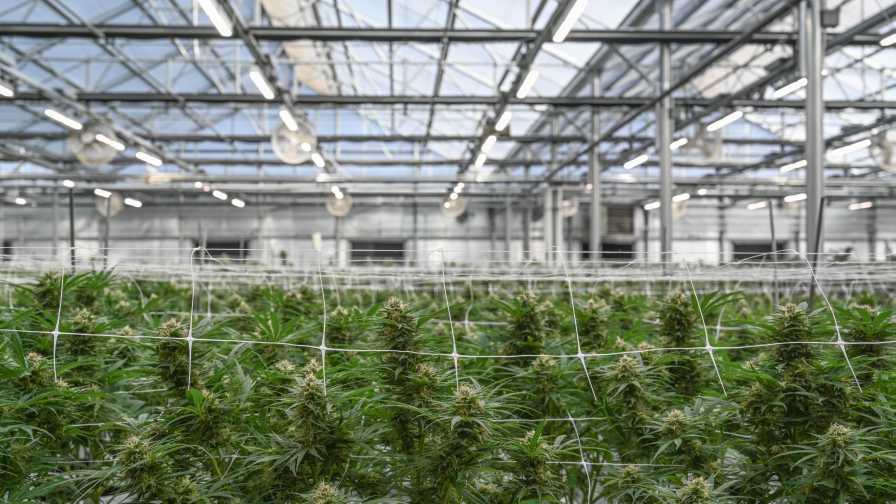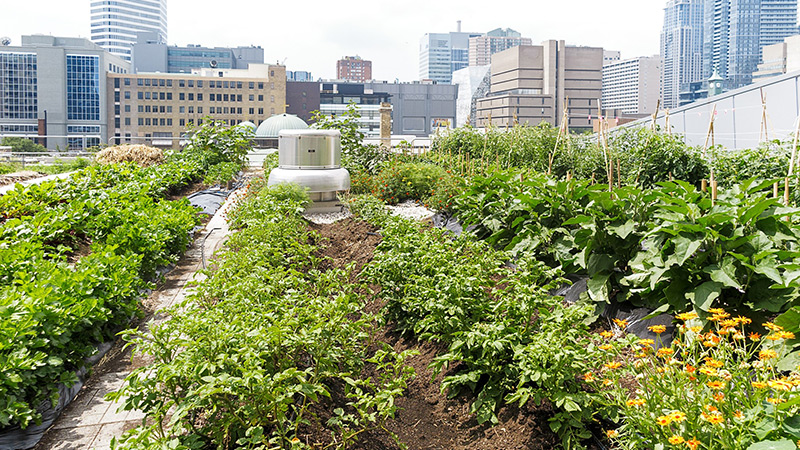Why Your Voice Is Important in New Greenhouse Lighting Regulations
 In California, the California Energy Commission (CEC) is proposing new regulations (Title 24) that will affect lighting options for greenhouse growers, effective January 2023. Based on the proposed language, greenhouse operators will be required to install only fixtures with a rated efficacy of 1.7 umol/j (micromoles per joule), for any canopy where greenhouse lighting is being added.
In California, the California Energy Commission (CEC) is proposing new regulations (Title 24) that will affect lighting options for greenhouse growers, effective January 2023. Based on the proposed language, greenhouse operators will be required to install only fixtures with a rated efficacy of 1.7 umol/j (micromoles per joule), for any canopy where greenhouse lighting is being added.
According to Bob Gunn, CEO of Seinergy, which specializes in lighting rebate programs, this proposed regulation will eliminate all fluorescent lighting options (indoor or greenhouse), and likely all single-ended or mogul base fixtures, including ceramic metal halide fixtures. The proposed regulation should still allow for the use of double-ended HID (high intensity discharge) fixtures; however, the methods for rating and qualifying fixtures for the proposed criteria is uncertain.
“The proposed regulations may require growers with lights installed before the effective regulation date to retrofit their entire canopy,” says Gunn, who cites two potential examples: increasing lighting intensity or intra-canopy lighting, or adding specialty lighting that falls outside of the PAR rated spectrum. A grower wanting to increase the lighting intensity of their illuminated canopy (for example, raising lighting levels from 400 to 800 PPFD as they want to switch from ornamental flowers to hemp, or adding intracanopy lighting) might have to retrofit all of their existing lights in that space.
“This is based on language suggesting that retrofits of more than 10% of fixtures or any additions to installed wattage would subject the entire canopy to the new regulation,” Gunn says.
Second, a grower wanting to add ultraviolet-only LEDs would not be allowed to do so, as UV falls outside of the 400-700nm spectrum that the CEC is deeming the only useful spectrum for plant cultivation.
“What happens if a facility wants to rearrange lighting equipment from one space or facility to another; is their equipment condemned? Perhaps yes, but we don’t know yet,” Gunn says.
Finally, Gunn notes the energy savings from the proposed regulation, and the unintended consequences of the regulation (e.g., eroded profits, competitive disadvantage to substitute markets, expanded canopy to meet market demand, erosion of utility incentives) are highly uncertain.
“The proposal writers and the CEC have made no attempts to quantify what lighting the industry is currently using today, rendering their analysis of the proposed energy invalid,” Gunn says. “Perhaps most concerning of all is the complete lack of industry engagement in the development of the proposed regulations in the process.”
After a drafting process led by consultants engaged by California’s investor-owned utility companies, the CEC held its first workshop on horticultural lighting in November. So far, neither group has shown any signs of a willingness to consider the hardships this proposed regulation will place on growers or a more realistic standard, despite horticultural industry input, Gunn notes.
“While we wait for the CEC’s next round of edits, we encourage greenhouse operators of all crops to submit comments to the CEC public docket,” Gunn says. “Energy regulation is brand new to any type of horticulture lighting, so let the regulators know what will work for you and what will not.”
Lighting Suppliers Weigh In
We asked two major lighting technology manufacturers how these regulatory developments will affect growers. Here’s what they had to say.
(Brady Nemeth, Utility Rebate Coordinator, Fluence by OSRAM): It’s important to note that if finalized in their current form, the new codes will not go into effect until 2023. Once in effect, that does not mean that growers must go out and switch their lighting technology. Like other energy codes, it will only apply to new greenhouses going up, or greenhouses undergoing a major renovation. It’s not an exact rule, but if you don’t need to pull a building permit for the renovation, you likely won’t be affected. For greenhouse growers, the current draft code has a more relaxed product efficacy requirement of 1.7 umol/J. This is in contrast to the code for indoor growers, which is currently proposed at 2.1 umol/J.”
(Rachelle Winningham [Utility Rebate Coordinator] and Colin Brice [Plant Specialist], Signify): This proposed mandate will affect growers by effectively requiring a transfer from HPS lighting systems to either CMH or LED, due to HPS typically only reaching efficacies of 1.9 µmol/J for the entire luminaire. In reference to efficacy, the CEC requirement seems to be much more stringent than the DLC requirement. If the minimum efficacy cannot be reduced, we think growers should have the option to either convert 50% of their total luminaires to the proposed efficacy, or simply reduce their electrical consumption with lighting by at least 20% on a yearly basis. A more flexible method still geared towards decreasing energy consumption, but allowing growers other options besides full LED conversion, will allow a more accepted transfer of technologies and prevent disruption in the market through forced change to cultivation practice.”









